These are the houses that Habitat Vietnam has co-sponsored for 19,000 poor Vietnamese households with housing difficulties over the past 20 years.
New home, new life
Two years ago, Nguyen Van Thoai's family (An Cuong village, Que Tho commune, Hiep Duc district, Quang Nam province) lived in a dilapidated house next to the river. Thoai's new house was built in 2022 after a survey by Habitat Vietnam and the Hiep Duc District Project Management Board. With a total support budget of 65 million VND, plus contributions from the family, the 60m² house including a living room, two bedrooms and a solid concrete mezzanine was completed.
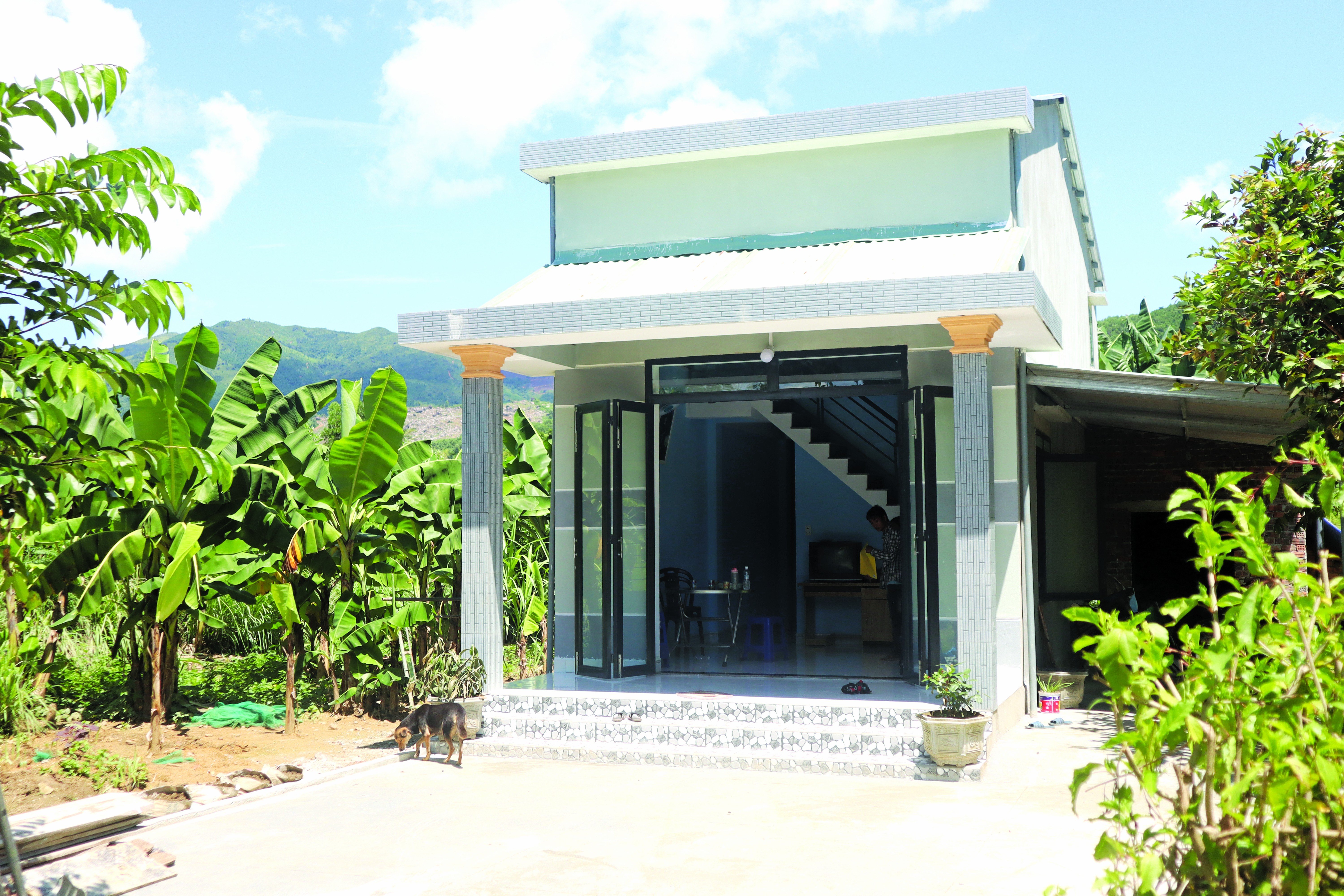 |
| Mr. Nguyen Van Thoai's new house. (Photo: Habitat Vietnam) |
Mr. Thoai said: "Previously, my family of 5 lived in a small 25m2 house built more than 20 years ago. The house had no concrete pillars, cracked walls, and a badly damaged corrugated iron roof. Every time there was a heavy rain or earthquake, we were worried that it would collapse. With the support of Habitat Vietnam and the government, we now have a safe house. The children have a better place to study, and family life is much more stable."
Similarly, Nguyen Hong Van and her five children (village 1, Tien Lanh commune, Tien Phuoc district) also left their temporary living situation to move into a new house in July 2024. The 36m2 house includes a living room, 2 bedrooms and 1 bathroom, helping her family have a safe and stable life.
Ms. Van said: "Our old house was only 12 square meters wide, it was cold in the rainy season and hot in the summer. Every time there was heavy rain and strong winds, I had to take my children back to my mother's house to avoid danger. Habitat Vietnam supported 40 million VND, along with the help of the government and additional loans, I have a new house."
Creative solutions
According to Habitat Vietnam, Ms. Van and Mr. Thoai's new house was built within the framework of two projects: "Minimizing the impact of climate change on housing vulnerability in communities" (implemented from November 2021 to June 2024) and "Building disaster resilience through housing solutions and community capacity building" (from March 2023 to November 2024) in Tien Phuoc and Hiep Duc districts, Quang Nam province.
During the implementation period, the two projects supported the construction of 49 new houses, repaired 85 houses, completed 65 household sanitation facilities and 3 community facilities in the two districts mentioned above. In addition, Habitat Vietnam also organized training and communication programs to help improve people's capacity to respond to natural disasters.
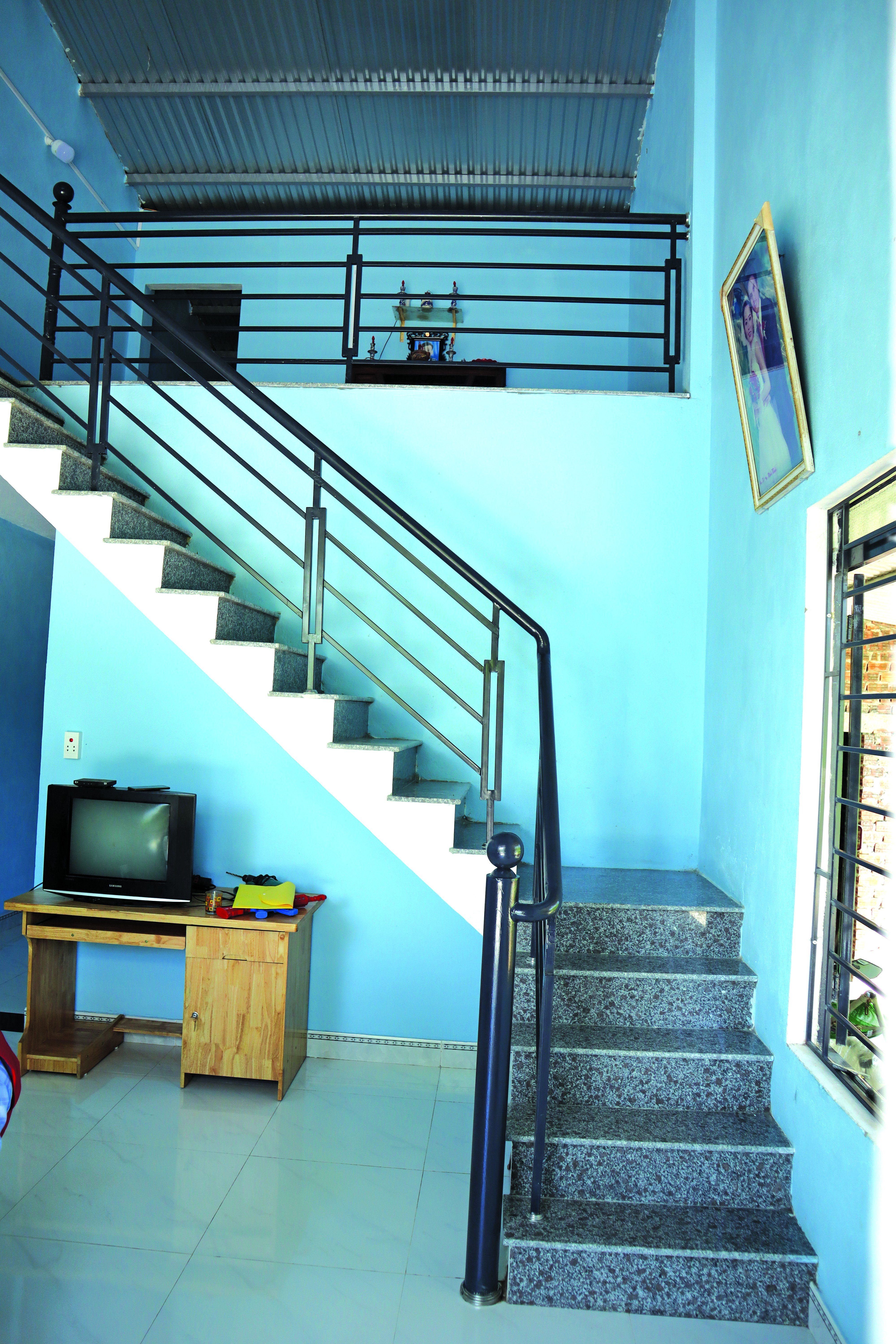 |
| The house has a sturdy mezzanine, helping Mr. Thoai's family feel secure in taking shelter during the stormy season. (Photo: Habitat Vietnam) |
According to Ms. Bells Borja, Country Director of Habitat Vietnam, the housing projects are specially designed to be disaster-resistant, while also being suitable for the culture, customs and financial conditions of each family. The highlights of the project are:
First, residents are encouraged to participate in every stage, from design to construction supervision. This helps ensure the house fits their real needs and increases engagement.
Second, the houses are designed to suit the local culture. In the mountainous areas of Quang Nam, Habitat Vietnam designs houses that are both culturally appropriate to ethnic minorities and sturdy and resistant to natural disasters.
Third, the organization makes use of local materials, using alternative solutions such as reinforced zinc roofs instead of tile roofs to reduce costs while still ensuring durability.
Fourth, Habitat Vietnam organizes training programs on disaster-safe housing construction techniques and applies the Participatory Approach for Safe Shelter Awareness (PASSA). These programs not only help people improve their housing construction capacity but also spread skills and knowledge in the community.
In the context of increasingly serious climate change, Habitat Vietnam said it will expand safe housing construction projects across the country.
“Climate change is not only an environmental challenge but also has profound impacts on social security, especially for low-income families and vulnerable communities in Vietnam. Habitat Vietnam is committed to implementing a long-term strategy to improve housing, enhance quality of life and build more sustainable communities,” said Ms. Bells Borja.
She said the organization focuses on building, repairing, and upgrading safe housing with the direct participation of families through the "sweat equity" model and financial support through micro loans. At the same time, Habitat Vietnam coordinates with the government and community to implement disaster risk reduction plans, apply the "Build Safer" solution, and improve access to clean water and sanitation through initiatives such as rainwater harvesting, cisterns, and sanitation systems.
One of the organization’s core activities is to implement the PASSA method to raise awareness among people about how to preserve their homes, increase their resilience to natural disasters and manage risks. According to Ms. Bells Borja, through training sessions, Habitat Vietnam guides communities on how to inspect, repair and maintain their homes to minimize damage caused by natural disasters, and helps them develop specific response plans for each household and the whole community.
“Through Social Learning Exchange Activity (SLEA), we create opportunities for communities and partners to learn and share experiences on building resilient housing and managing disaster risks. These efforts not only help people better understand the importance of sustainable housing, but also promote cooperation and spread practical solutions,” she added.
She also shared that Habitat Vietnam’s long-term vision is to build a world where every family has the opportunity to live in safe homes. This is not only a shelter but also a foundation for economic development, improved health and overcoming challenges from climate change.
| Since 2001, Habitat Vietnam has supported more than 19,000 households in many provinces and cities, helping them stabilize their lives and build more sustainable communities. |
Source: https://thoidai.com.vn/habitat-for-humanity-vietnam-nhung-ngoi-nha-am-ap-tinh-ban-209696.html


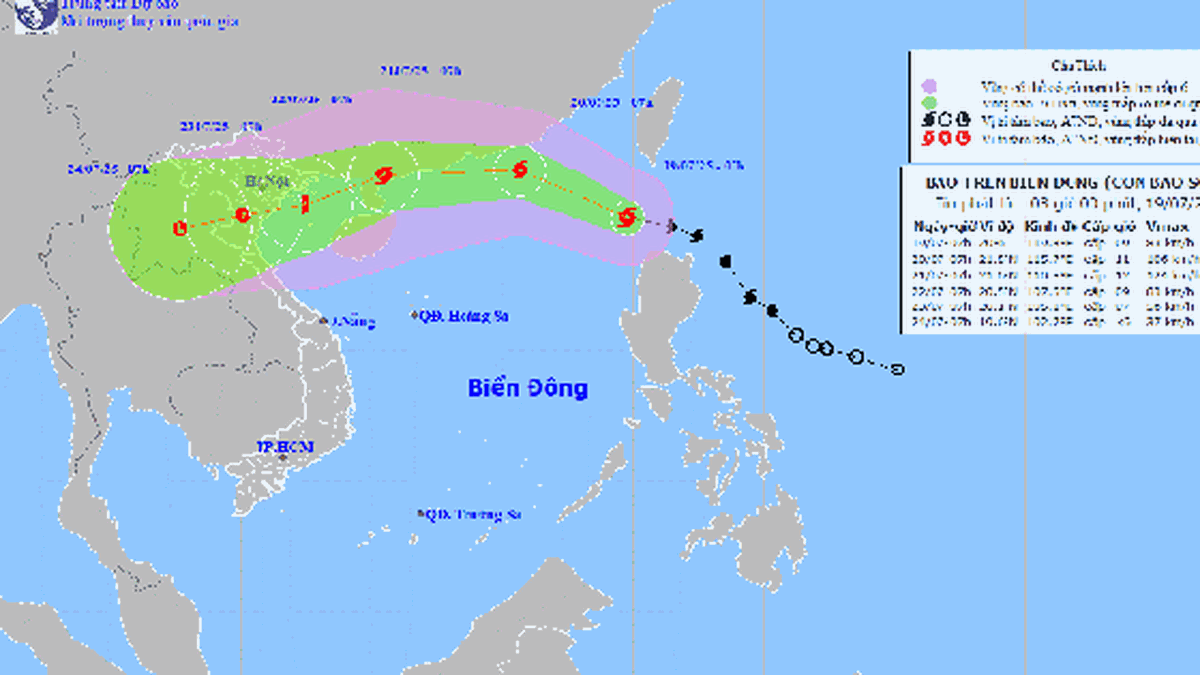
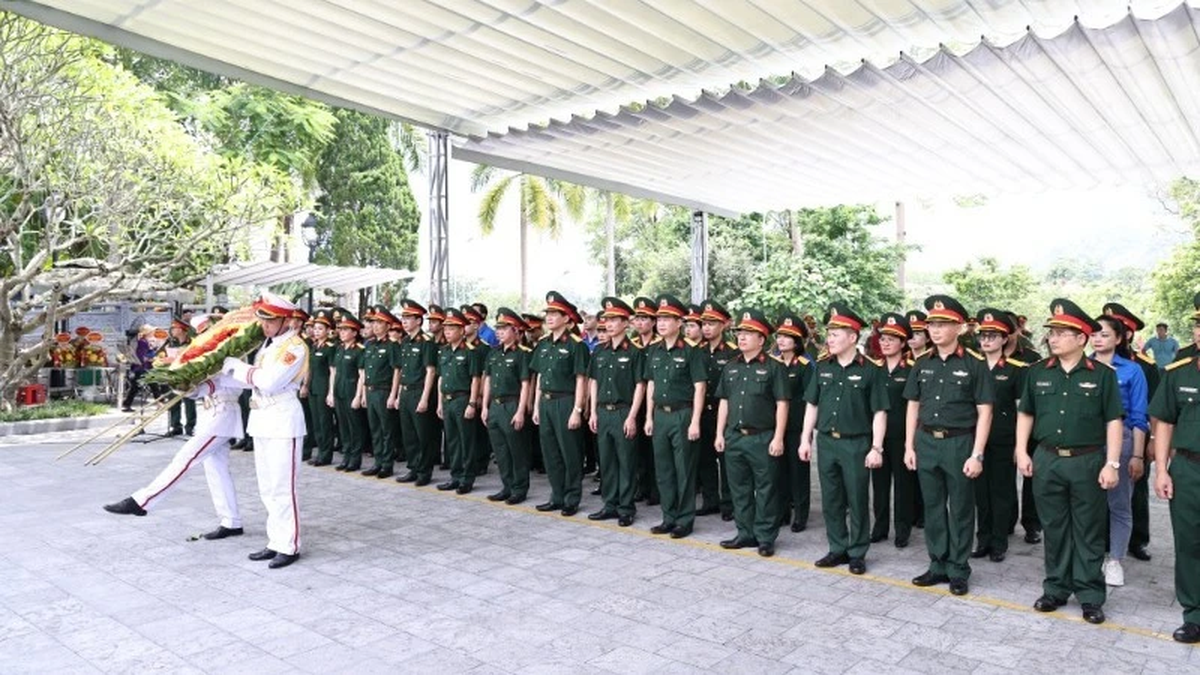

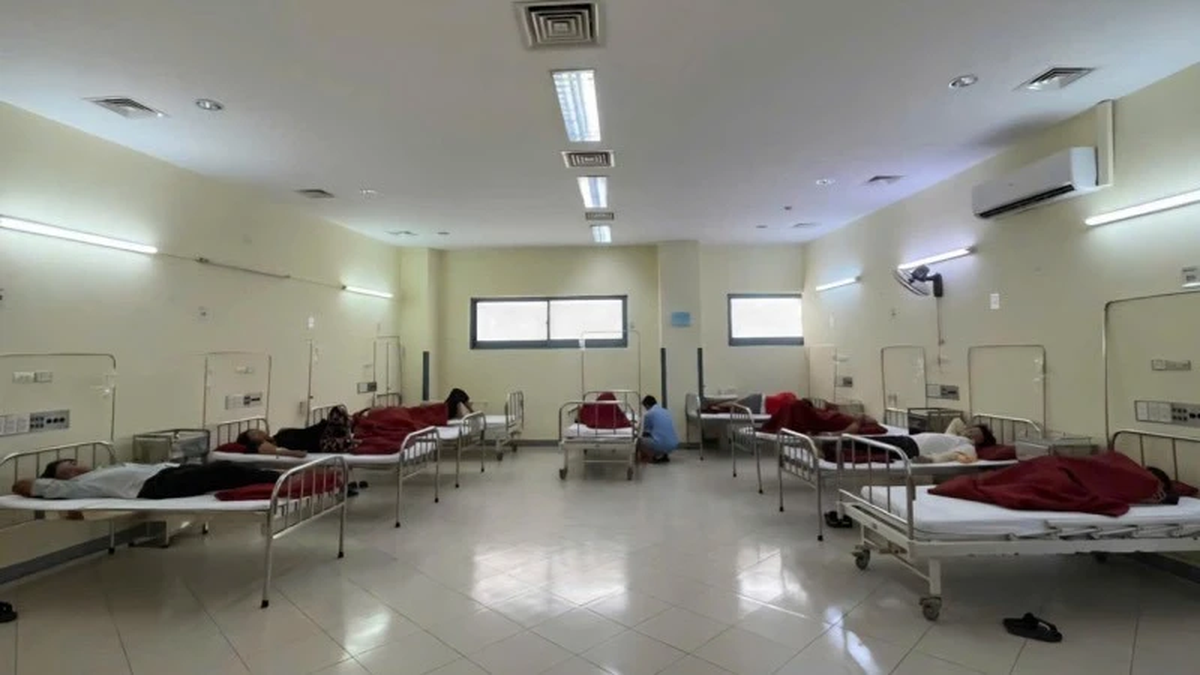

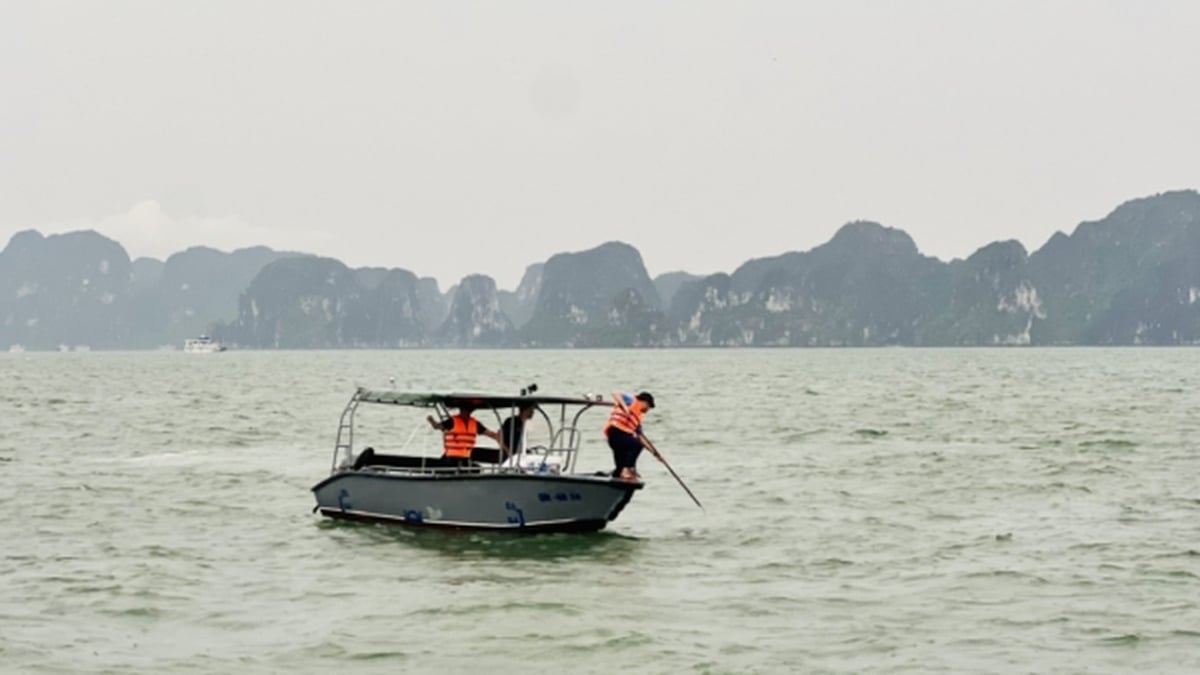
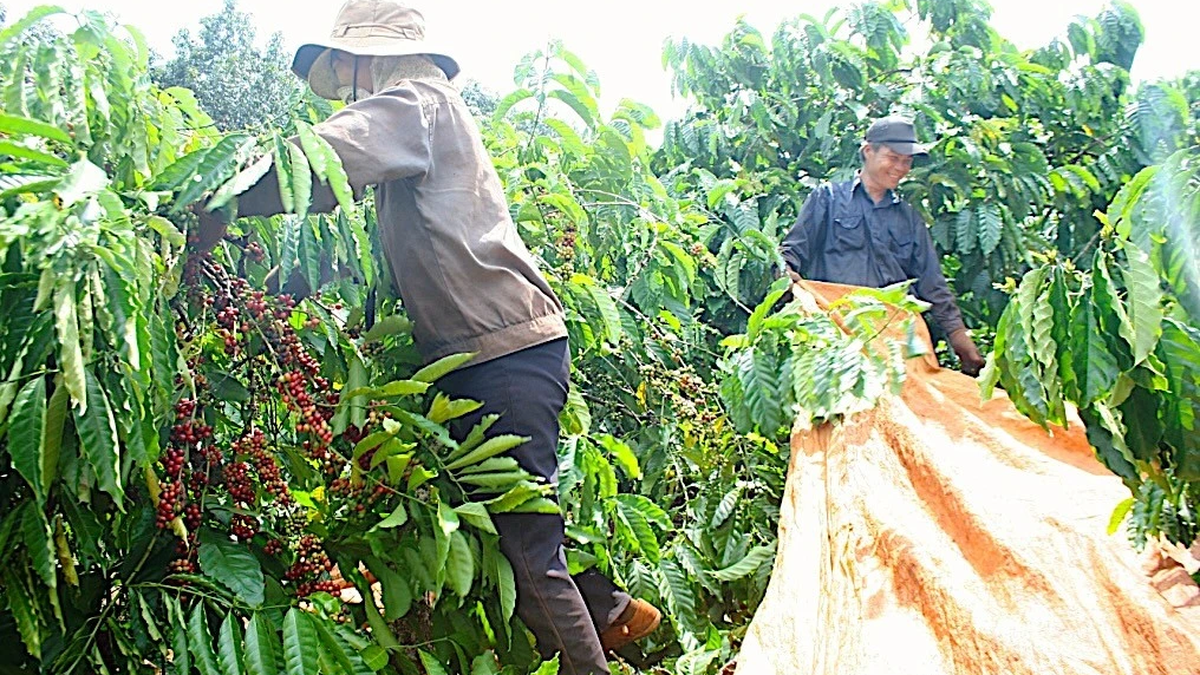


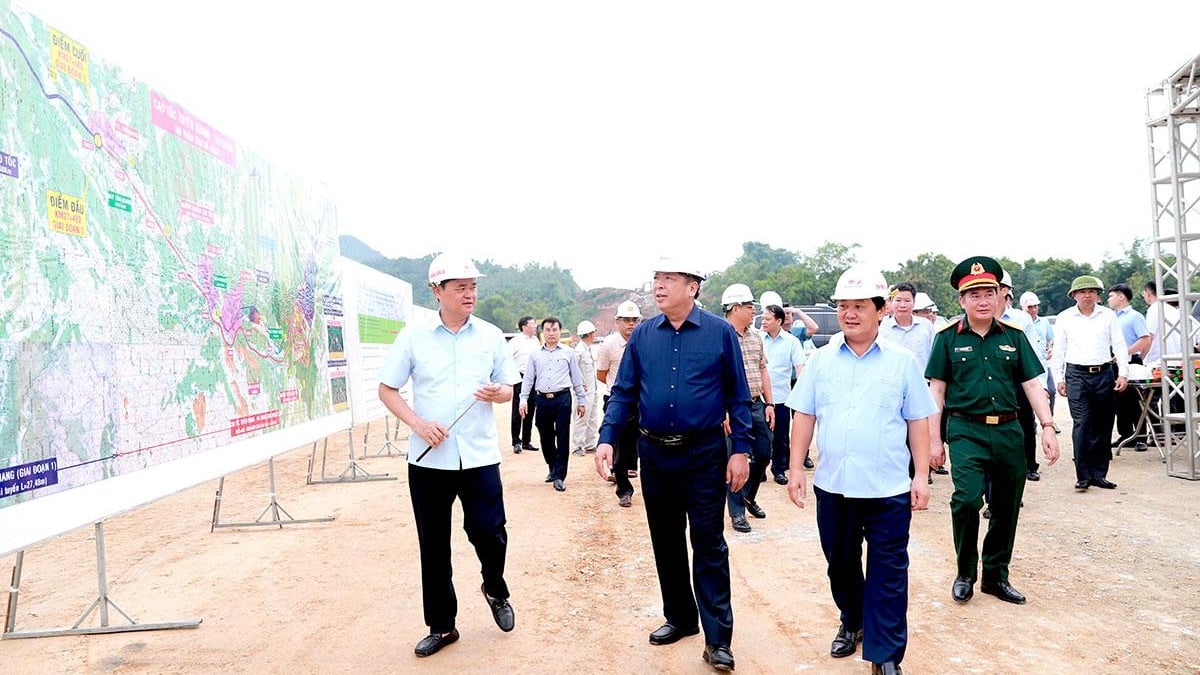

















![[Photo] National Assembly Chairman Tran Thanh Man visits Vietnamese Heroic Mother Ta Thi Tran](https://vphoto.vietnam.vn/thumb/1200x675/vietnam/resource/IMAGE/2025/7/20/765c0bd057dd44ad83ab89fe0255b783)


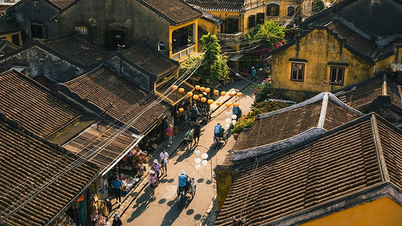






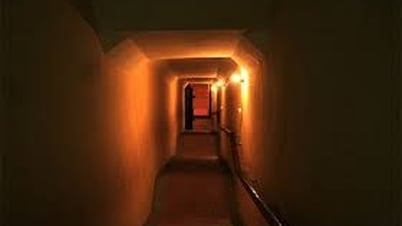

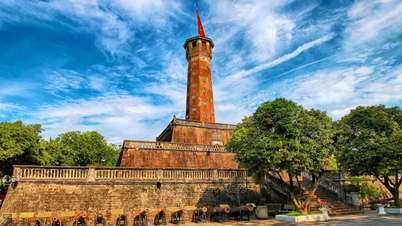
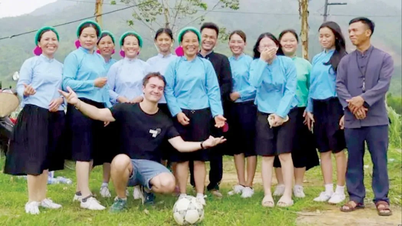



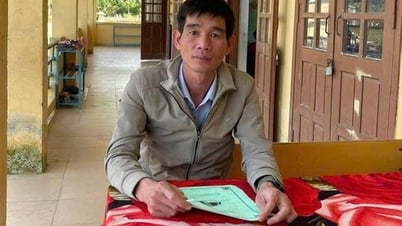






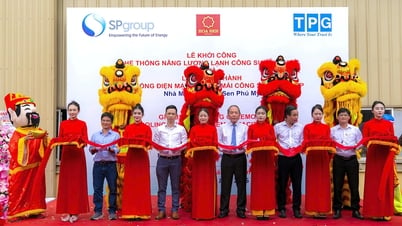



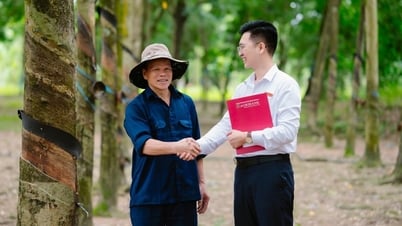

















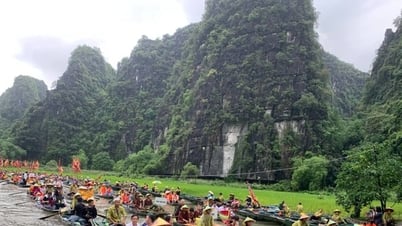



















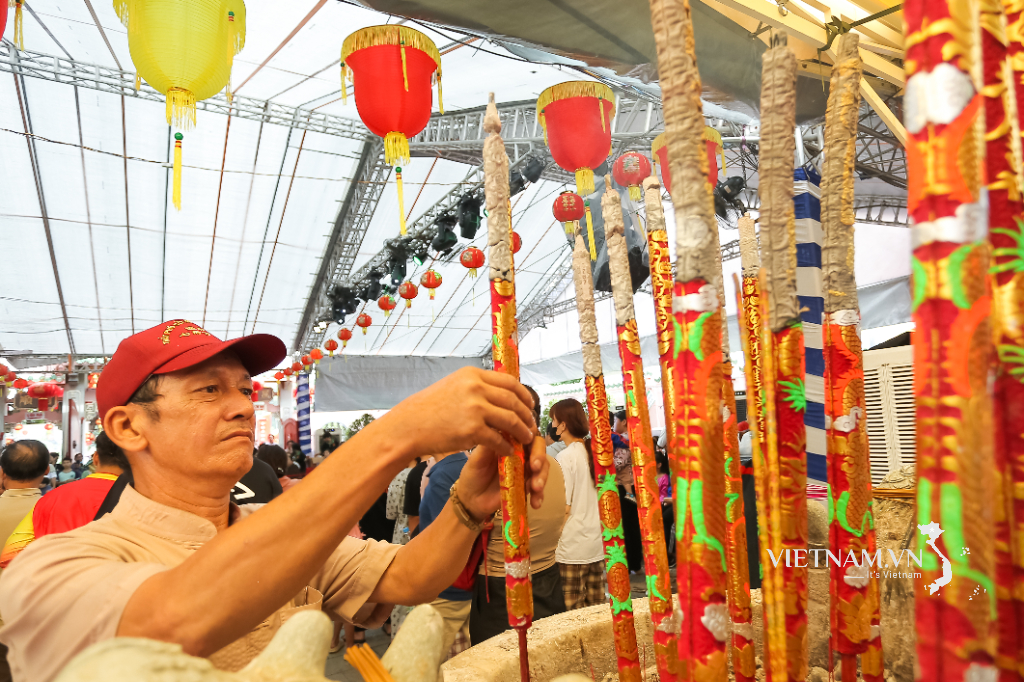

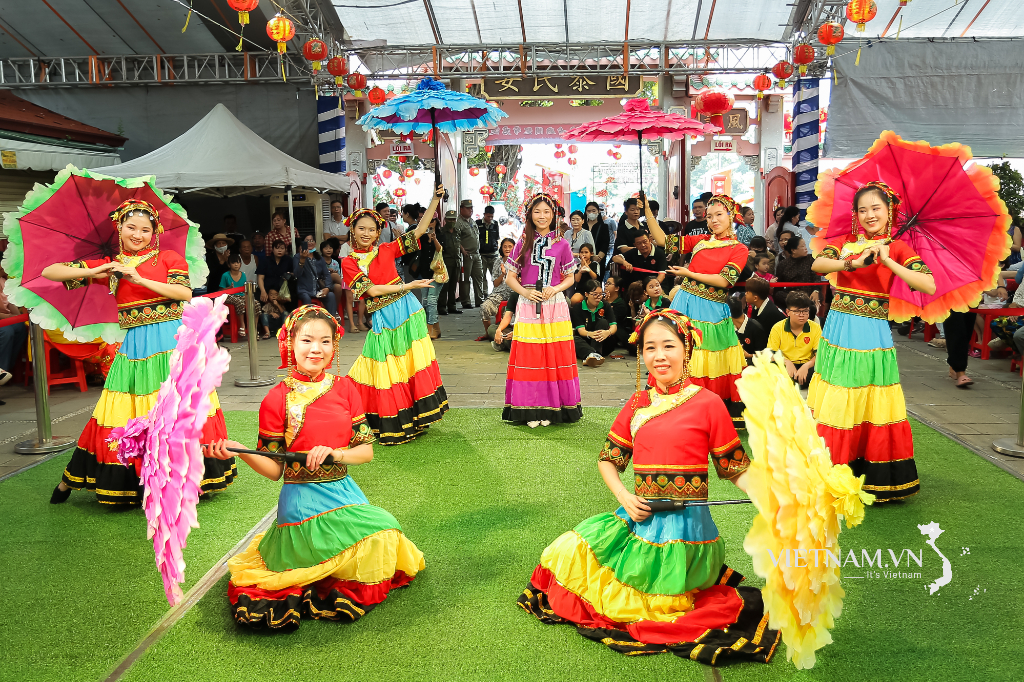

Comment (0)